It was a long, cold, southern Kansas winter, and our tiny cottage felt even more cramped with our family of four and two littles. The seed catalogs were trickling in, and we were pouring through the pages with a restless eagerness.
My daughter was cutting out the flowers she wanted to grow and pasting them on a field of green construction paper. I was marking all the new herbs I wanted to try, knowing that spring’s reality would temper my winter enthusiasm. Then I came to the pages of corn, and the feeling came over me, insistent and emphatic:
“This year, I will plant corn.”
My first memory of growing corn was faint. It must have been a four-year-old me because my job was to count out the pearly white kernels with a faint pink blush and drop one…two…three kernels into each hole dibbled into the Georgia-red clay. I was proud of my counting and elated to help.
I was even more thrilled when the sweet white cobs of “silver queen” were ready to be eaten, shamefully covered in margarine. Real butter was unknown in the ‘80’s South. I would be a teenager before I tasted butter and in my mid-twenties before I tasted freshly churned butter. The difference between these buttery stages reveals epochs in my history and understanding of food.
Since that childhood experience, I have never planted corn again, even as a farmer. It had never crossed my mind. Perhaps it was a rebellion of sorts to the thousands upon thousands of acres of corn that surrounds me in this region destined for biofuel, animal fodder, or corn plastic, not for human consumption. Not directly, at least.
This is not the corn I wanted to plant. I also had no interest in my childhood hybridized sweet corn. I began to search the seed catalogs in earnest. I desperately wanted an “old” corn, something that predated its commodification. I finally chose an heirloom, open-pollinated variety, “Bloody Butcher,” named for its speckled red presentation.

I researched the history of Bloody Butcher, and the stories are as speckled as its presentation. What is known is that a family by the name of Meadows from West Virginia have grown this corn for five generations. It has experienced a revival in the past decade through the work of chefs and various legacy seed projects. It is thanks to these efforts that I was able to procure this genetic variety in the first place.
In early May, I dibble holes in mounds of dirt and plant the red jewel-like corn kernels. When the pale green corn unfurls a few inches, I plant Seminole pumpkin to shade the ground and smother weeds, and pole limas to climb the corn.
The freshly reclaimed earth I plant into was garden space a decade ago, but it has spent the past ten years covered with whatever wanted to grow. The weeds are unwilling to relinquish the plot of ground to the corn. I struggle to keep the Bermuda grass and bindweed at bay. I am out of town for just a few days, but when I return, all weed hell has broken loose. I do my best, but I am no match for the onslaught. I have to focus on my rows of herbs and give the corn my leftovers, weeding half-heartedly in a lost battle.
The corn grows tall, taller than I could have imagined, twice my height, maybe more. The corn patch begins at the end of the rows of chamomile that must be hand-harvested every few days.

When harvesting, I often hear a whispering that sounds like voices. I look around, checking the phone in my pocket for an inadvertent dial. Always, I find it to be the whispering of the wind in the corn. Even when there seems to be no wind, the stalks rustle imperceptibly. When my back is to the corn, I find myself turning around again and again in response to a tangible presence. “Oh, it’s the corn again.”
With my herbs, I have always felt a sense of welcome, like they are glad I am there. But not the corn. The corn is different. The corn feels more like a mother chastising a naughty and careless child. I can almost imagine the corn scowling at me in rebuke. I know what it is that I have done: The corn is overgrown with weeds, and I have not taken care to give the corn the fertility that it needs to grow healthy and well.
I garden the whole season under the watchful eye of the corn, becoming aware of the places where I harvest and do not give the plants what they need in return and aware of my tendency to take without gratitude, consume without awareness, and treat plants like commodities rather than co-creatures and co-sustainers.
Much of the Bloody Butcher corn fell in a heavy prairie windstorm that year. Planted too far apart, they could not support one another adequately. I also failed to mound them up as I ought to establish deep root systems. Still, I harvested the ears; many were fully ripe and dry. A few were still sweet and milky. These, the children ate raw as “garden candy.”
I have grown corn for three years now, and each year I have grown in my understanding and care. We are friends now, corn and I. Not the easy sort of friendship where you grew up in the same suburb and watched all the same morning cartoons, but an attentive and somewhat uneasy cross-cultural friendship. I have grown to respect corn, to appreciate its demands as much as its generosity. I don’t know that corn would say the same about me, but it is gracious as I continue to put in the work, to try to know it on its own terms.
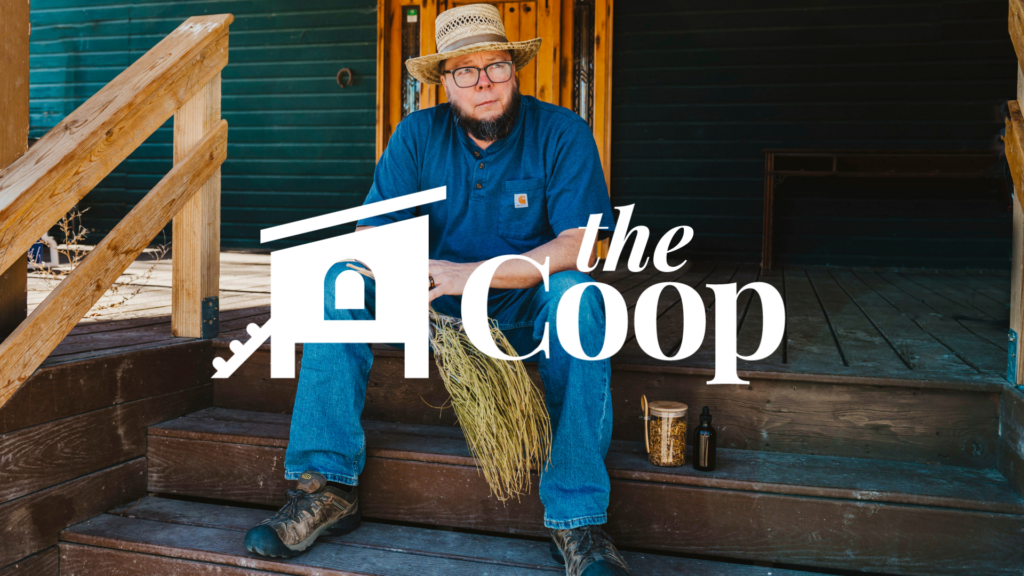
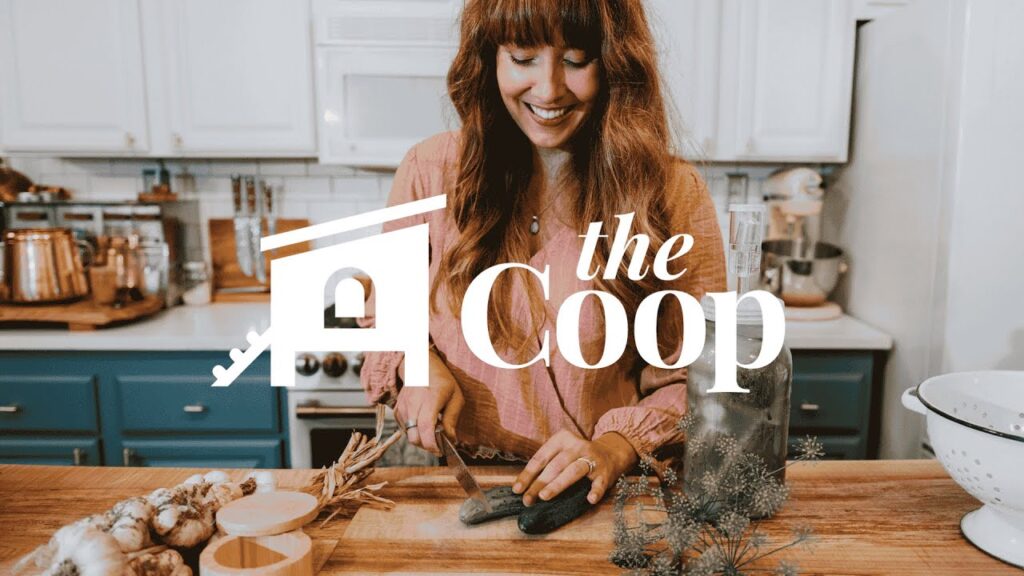
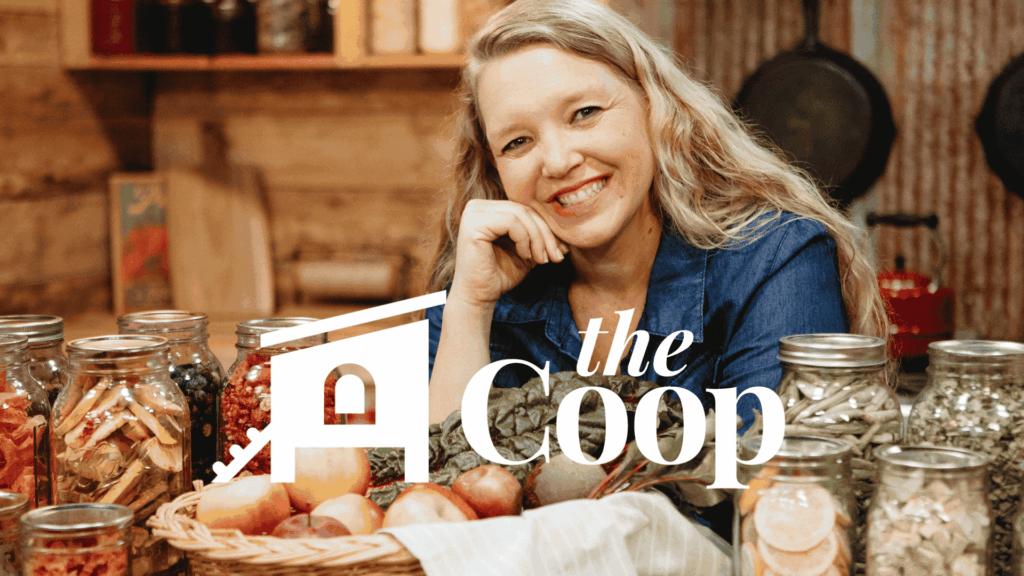
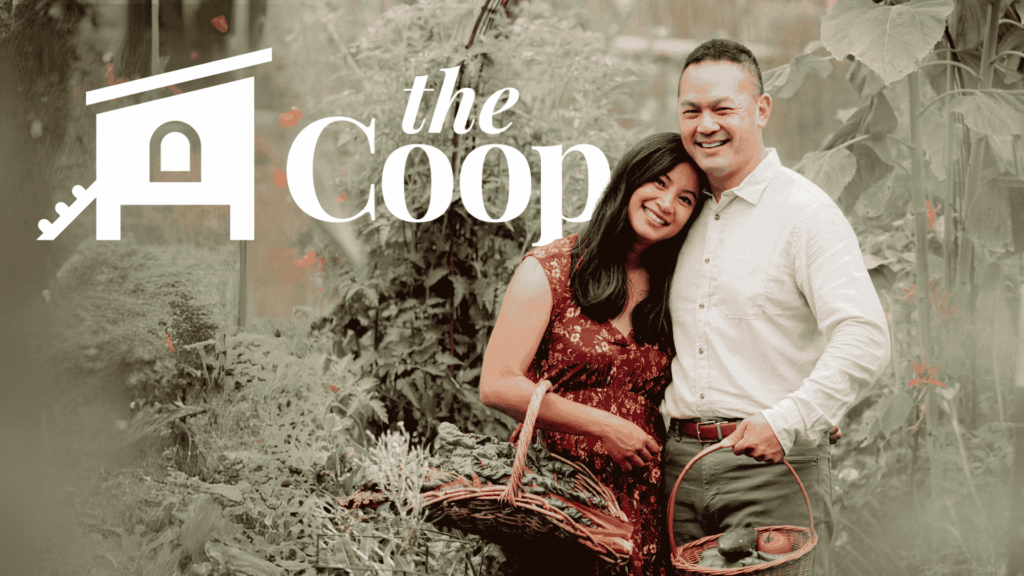

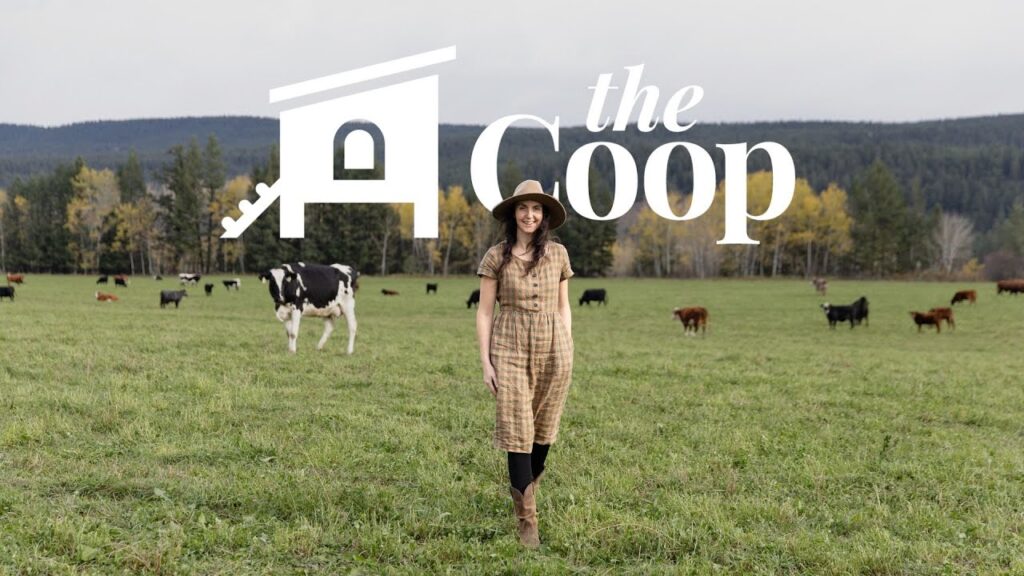
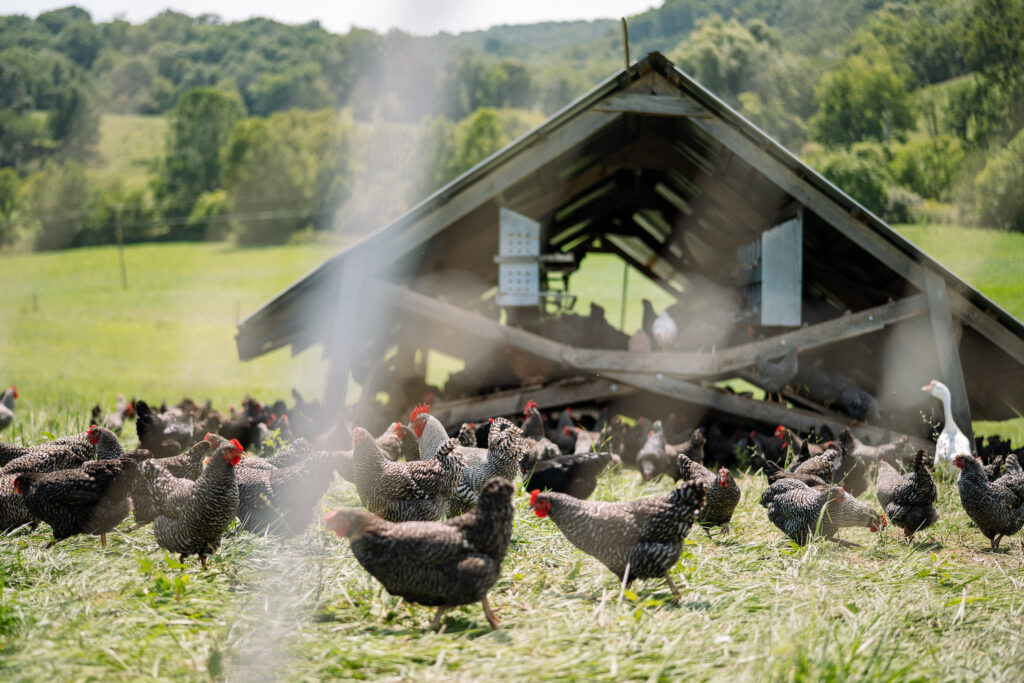
Leave a Reply